

Josh Nevett
2025 Hyundai Ioniq 9 review
4 Days Ago
All-electric dual-cab 4x4 ute is a strong chance to come to Australia via Geely, the newest Chinese auto brand to launch here.



Contributor

Contributor


Contributor

Contributor
CarExpert helps new car buyers save thousands with expert reviews, honest advice, and transparent pricing – no dealer pressure and no sales games.
Full-electric utes are a relative novelty in Australia, where there’s currently only the LDV eT60 on offer, but the fledgling genre will soon be joined by its more convincing replacement, the LDV Terron 9 , and a host of other battery-powered dual-cabs – perhaps including the Riddara RD6 (also known as the Radar RD6 in some markets).

By way of background, Radar Auto is a recreational lifestyle-oriented sub-brand of Zhejiang Geely Holding Group, the parent company of brands already present in Australia like Volvo, Polestar, Smart, Zeekr and Lotus, enabling it to leverage the EV know-how and hardware the Chinese car-making giant has at its disposal.
Geely Auto will launch here in its own right in 2025, with the Geely EX5 mid-sized electric SUV, and it has confirmed plans to introduce a dual-cab ute Down Under.
Add to that the fact Radar Auto said earlier this year it would expand into markets including Australia and New Zealand, and the Riddara RD6 – as it’s known in markets outside China including Thailand, where the electric ute has now been launched – appears almost certain for local release.
The vehicle is underpinned by a derivative of Geely’s Sustainable Experience Architecture (SEA) – used by the likes of the Volvo EX30, Polestar 4, Smart #1 and Zeekr X – with the version used by the RD6 referred to as the Multiplex Attached Platform.

That means that, unlike most other offerings in the pickup segment, the RD6 rides on a monocoque chassis rather than a ladder frame, with a MacPherson strut front-end and multi-link independent rear suspension.
While rear-drive Riddara RD6 has a claimed towing capacity of 2500kg and a payload of 755-775kg depending on the variant, among the impressive stats quoted by Riddara for the RD6 AWD is an 865kg payload and a 3000kg towing capacity.
The company also boasts the 4×4 pickup can wade through 815mm deep water, while ground clearance is quoted at 225mm.
Dimensionally, the RD6 4×4 is more or less on par with the likes of the top-selling Ford Ranger and Toyota Hilux as it measures 5260mm long, 1900mm wide and 1880mm tall. The wheelbase stretches 3120mm.

Meantime, the load bed is 1525mm long, 1450mm wide, and 540mm high, making it is slightly smaller than the trays of the Toyota HiLux and Ford Ranger dual-cabs.
The lined cargo tray offers 1200 litres of space and the RD6 has 21kW vehicle-to-load (V2L) capability via a panel in the bed. V2L allows owners to draw electricity from the battery to power appliances such as refrigerators, lighting, and stereo systems, making it well suited to trades people, camping trips and outdoor events.
Riddara claims the Riddara RD6 has undergone extensive hot-weather testing in the Middle East, and the company says the vehicle’s battery and electric systems can withstand the region’s harsh summer heat.
We took the opportunity to test the vehicle in the United Arab Emirates, where it recently went on sale.
In the UAE, the Riddara RD6 lineup comprises two 4×4 models.

Prices starting from AED 139,000 (A$58,870) for the base Riddara RD6 Air (with 73kWh battery) and AED 169,500 (A$71,792) for the top-shelf Riddara RD6 Ultra X with 86kWh battery.
Inside, the Riddara RD6 is identical to the Radar RD6 but has ‘Riddara’ badging instead.

And it’s clear the RD6 is pitched more as a recreational pickup than a workhorse (at least in the UAE), as the vehicle is comprehensively kitted out and has a premium ambience inside.
Even in China and Thailand, it has a 12.3-inch digital instrument cluster, a 12.3-inch touchscreen infotainment system, a 9.0-inch head-up display, and 72-colour interior ambient lighting.
The seats, dashboard and door panels are all covered in tasteful stitched leather, and most surfaces have a soft-touch finish. The only exception is the hard plastic centre console, but even that doesn’t look too bad.
The cabin layout is neat and uncluttered as most functions are controlled via the 14.6-inch touchscreen in UAE vehicles, but the only problem is that the latter is almost impossible to read on sunny days as its positioning is such that it reflects a lot of glare.


The various menu screens are relatively easy to trawl through, so getting the vehicle configured to your liking isn’t too challenging (provided you can stop in a shady spot to ensure the screen is legible).
Given that we were testing the flagship Ultra X model, our vehicle was equipped with the premium eight-speaker stereo, as well as a panoramic sunroof, side steps and a raft of driver assist systems.
The range of drive modes on offer are Economy, Comfort, Sport, Snowfield, Mud, Off-road and Water, and there are three energy recuperation levels (Low, Medium and High). More on these shortly.
Apart from the glare-prone infotainment screen, there’s not too much to fault in terms of the cabin. The seats are superbly comfortable, and visibility in all directions is beyond reproach.


Rear-seat dwellers will find there’s more than enough headroom and legroom, although the seatbacks are a little too vertical to be comfortable for long trips.
There’s no shortage of storage compartments and cubbyholes in the cabin, so you should have no problem finding an appropriate spot for keys, coins, phones, wallets and the like, although there’s only a solitary cupholder.
In addition, there’s a 70-litre frunk up front and a 48-litre compartment under the rear bench seat.
In Thailand, Radar has confirmed the Riddara RD6 will be available in single-motor rear-wheel drive form with two different battery packs, while an all-wheel drive version of the RD6 called the Horizon is offered in China.

The single electric motor in the Riddara RD6 produces 200kW of power and 384Nm of torque. It’s fed by either a 63kWh battery pack that offers a CLTC claimed range of 385km, or an 86kWh battery pack with a CLTC range of 517km.
The UAE lineup comprises two 4×4 models including the entry-level Riddara RD6 Air (with a 73kWh battery), and the flagship Riddara RD6 Ultra X (86kWh battery) all-wheel drive tested here.
Both models offered in the UAE feature dual electric motors that eke out combined outputs of 310kW and 585Nm, propelling the circa 2.1-tonne pickup from 0-100km/h in a blistering 4.5 seconds – quicker than even the steroidal RAM 1500 TRX.

Riddara quotes an NEDC touring range of 424km in the entry-level RD6 Air with its 73kWh battery, increasing slightly to 455km in the 86kWh RD6 Ultra X.
It says DC fast-charging takes the 4×4 RD6’s battery from 30 to 80 per cent of charge in half an hour, while an 11kW AC charger replenishes the battery in about 10 hours.
Pickups have never been synonymous with high levels of refinement or sparkling performance, but the Riddara RD6 is a bit of an outlier in these respects, so it could conceivably be purchased in lieu of a family SUV or sedan.

The fact the vehicle is underpinned by a monocoque architecture rather than a utilitarian body-on-frame chassis makes for a relatively cossetting ride and impressive levels of silence (with no combustion engine disturbing the serenity).
The only things you’ll hear is a light whine from the electric motors as you pull away from rest, with some wind rustle from around the A-pillars as you get up to highway cruising speeds.
The real surprise for anyone expecting workmanlike performance is how rapidly the RD6 piles on speed. It’s plain laugh-out-loud amusing the first few times you stand on the throttle.
In fact, the RD6 is the ultimate street sleeper (especially in the innocuous white paintwork that our test car was adorned in) and the way it rockets away from traffic lights prompts bewildered expressions from other motorists.

Where the steroidal RAM 1500 TRX is all thunder and fury, the smaller Riddara RD6 gets the job done with minimal fanfare.
The other surprise is how tidy the RD6 is dynamically. Hustle it through a corner or two and you’ll discover it remains flat and composed – it doesn’t devolve into a wallowy understeering mess – and there’s a good level of feel relayed by the steering wheel, so you feel well connected to the vehicle.
Even the brake and throttle pedals are nicely progressive, so the RD6 is further proof that Geely has become highly proficient at nailing the crucial tactile elements of vehicle dynamics.
Once you’ve satiated your inner hooligan, you can switch from Sport to Economy drive mode to make the most of the available battery charge.

If you then set the energy recuperation level set to High, you’ll find that one-pedal driving is possible for the most part, with sufficient deceleration on throttle lift-off to negotiate the cut and thrust of inner-city traffic.
Although its maker quotes a 455km range for the 86kWh RD6 Ultra X, you could expect to cover somewhere between 350-400km on a full charge if you drive it remotely sensibly.
Now here’s the caveat, if you’re going to be sticking an 800kg payload in the rear (the max quoted figure is 865kg) or tow a large caravan or boat, the touring range on a full charge will obviously plummet.
Given that, the Riddara RD6 stacks up more as a vehicle that’s fit for everyday schlepping around town or weekend excursions that are within a circa-180km radius, unless you know for sure that there are public recharging facilities either along the way or at your destination.
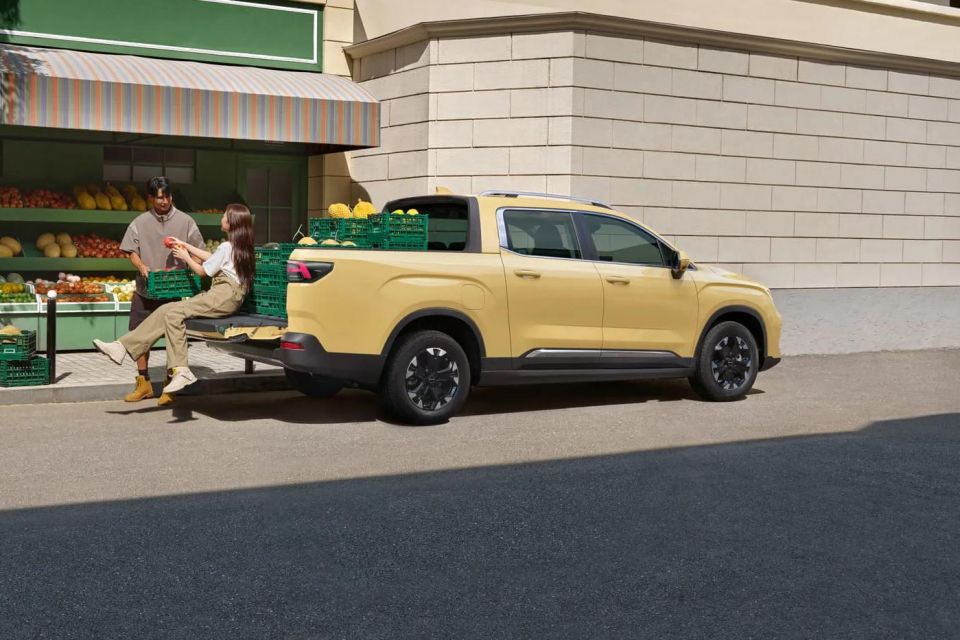
CarExpert helps new car buyers save thousands with expert reviews, honest advice, and transparent pricing – no dealer pressure and no sales games.
In terms of off-road ability, during our brief test we found the RD6 is quite adept at finding traction even on soft sand and it’s perfectly adequate transport for tackling rough gravel tracks.
However, the fact it’s equipped as standard with road-biased tyres and doesn’t have a huge amount of clearance at the front suggests this isn’t the correct choice for taming the Simpson Desert or Canning Stock Route.
We’ll deliver a more comprehensive verdict on off-road ability when we have the vehicle for a longer duration on home soil.
The RD6 is no bare-bones offering as it comes loaded with mod-cons and safety features, especially the range-topping Ultra X model.

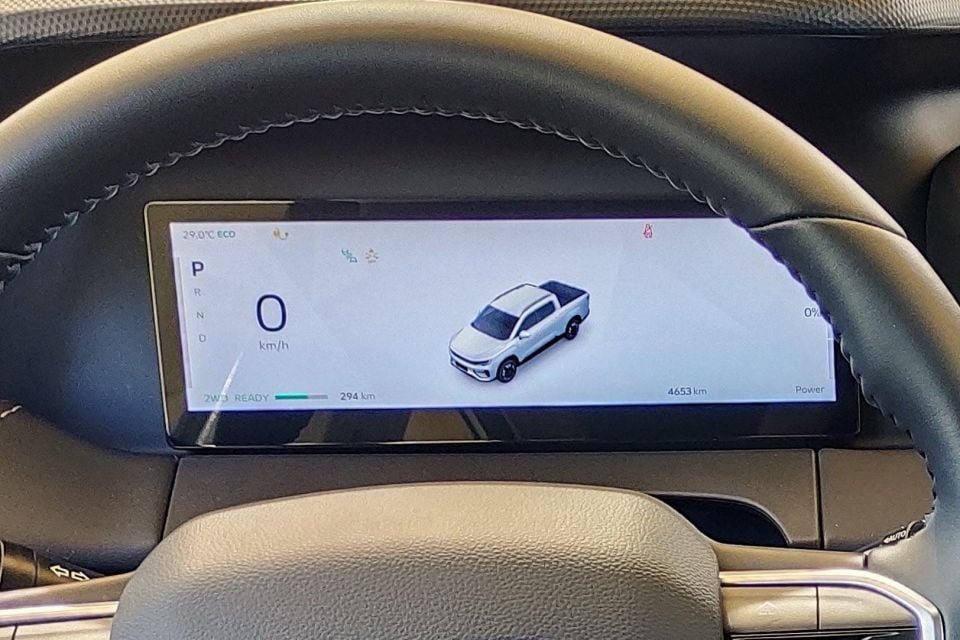

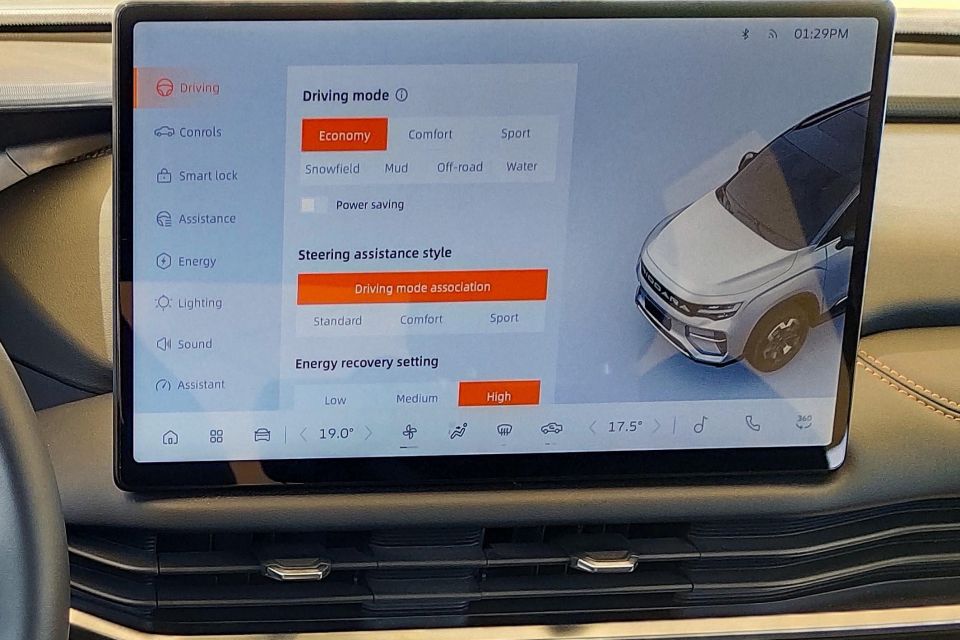
Riddara RD6 Air standard equipment highlights (in the UAE):
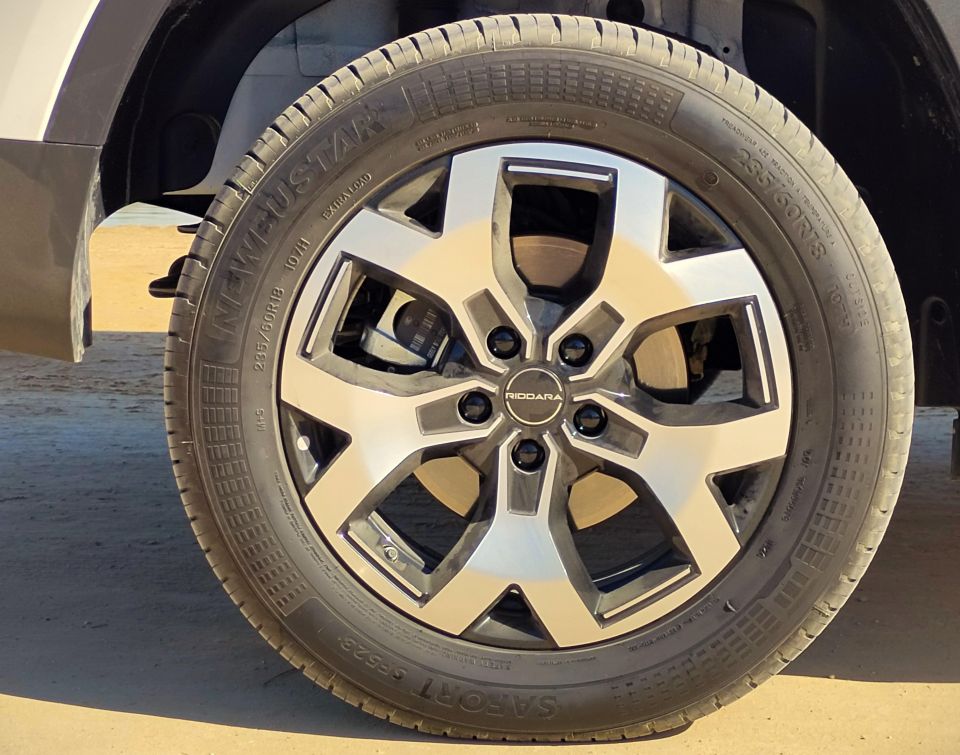

Riddara RD6 Ultra X adds:
For now, no independent crash test data is available for the RD6, since it’s yet to be assessed by the likes of Euro NCAP, let alone ANCAP.

That said, we’d expect it to fare reasonably well on the safety front as other offerings from within the Geely portfolio that share much of the same hardware have performed well. As an example, the Zeekr X earned a five-star rating in Euro NCAP testing.
Standard safety features for the Riddara Air (in the UAE):
Riddara Ultra X adds:
Geely Australia is yet to outline its aftersales program.

In the UAE, Riddara offers a four-year/100,000km warranty for the RD6, while the battery pack and electric motor are backed by an eight-year/200,000km warranty.
The Riddara RD6 is certainly an interesting proposition as it doesn’t conform to any existing dual-cab 4×4 ute norms, perhaps apart from the BYD Shark 6 plug-in hybrid.

The level of acceleration and refinement it brings to the genre is more akin to what you could expect from a well-resolved large performance SUV.
However, as alluded to earlier, the Riddara’s limitations in terms of range and the time required for recharging will restrict its audience.
These constraints obviously prevent the RD6 from being the ideal workhorse for busy tradies and, realistically, it makes more sense as an around-town daily driver and weekend recreational vehicle.
If these duties are all you have in mind, it could become an intriguing option for Aussies.

Click the images for the full gallery
MORE: Everything Riddara RD6
CarExpert helps new car buyers save thousands with expert reviews, honest advice, and transparent pricing – no dealer pressure and no sales games.


Josh Nevett
4 Days Ago


James Wong
4 Days Ago
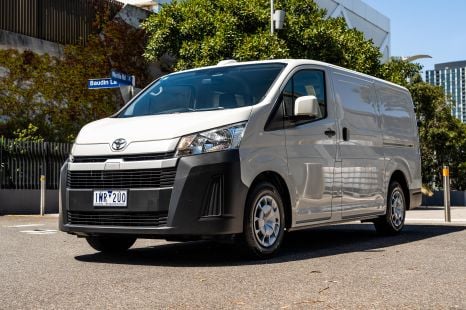

Max Davies
4 Days Ago


Andrew Maclean
3 Days Ago


Max Davies
2 Days Ago


Damion Smy
10 Hours Ago